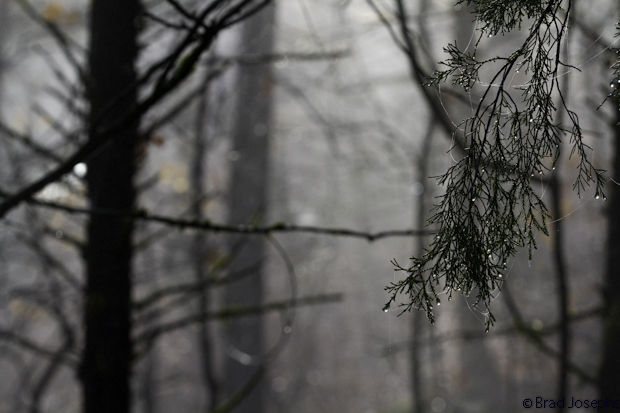
Misty mountain morning.
After living in Alaska for over twenty years, my wife and I moved to a wild, serene region of north-central Arkansas in the heart of the Mountains near the Buffalo River. From the first day I visited here several years ago I have been fully intrigued by this magical place. I have found this region to be a mecca of biodiversity, borrwing species from the Plains, the South, and the western US. Every day is learning experience, especially as an early spring rolls forward. We enrolled in a local Master Naturalist Course which has been an amazing aid in helping us understand this brilliant ecosystem. Here are a few observations from the last month.
Have you ever heard of a horsehair worm? I saw it slowly swimming across the surface of our pond and carefully caught him in a cup to get a better look. This guy totally threw me for a loop. It swam like a snake, but had no features resembling any kind of head. I shot a little video of him and gently released him. I didn’t even know where to start on google to find out what it was, so I asked a local friend named Matt Putnam who was raised in this area. He immediately identified it as a nematophore (similar to a nematode) called a horsehair worm. He said when he was a child they would show up in his well, and they thought these worms formed from the hairs of a horse’s mane. He remembers when he was five years old putting horse hairs in water and waiting to see the transformation, but it never happened. Check out this short video I shot which shows the creature tie itself into a knot, a behavior they are known for.
There may be up to 2000 freshwater species of nematophores worldwide. The video shows an adult, but the larvae parasitize insects (grasshoppers, beetles, roaches ect) or crustaceans such as crayfish and crabs. After entering a host, they absorb nutrients from its body fluid (hemolymph). As they reach adult stage, they need to get back to the water, so if they were living in a terrestrial insect they cause a brain infection which makes the poor host crave water, and drown themselves. Incredibly bizarre!!
In the past week mild overnight low temperatures, and highs exceeding 85 degrees have allowed the dormant, cold-blooded critters to come out of the woodwork and the flowers to burst. I have identified the calls several species of frogs (spring peepers, Cajun chorus, and southern leopard frogs), have seen a number of skinks darting around, and caught and released a garter snake. This is quite a change from an Alaska March!
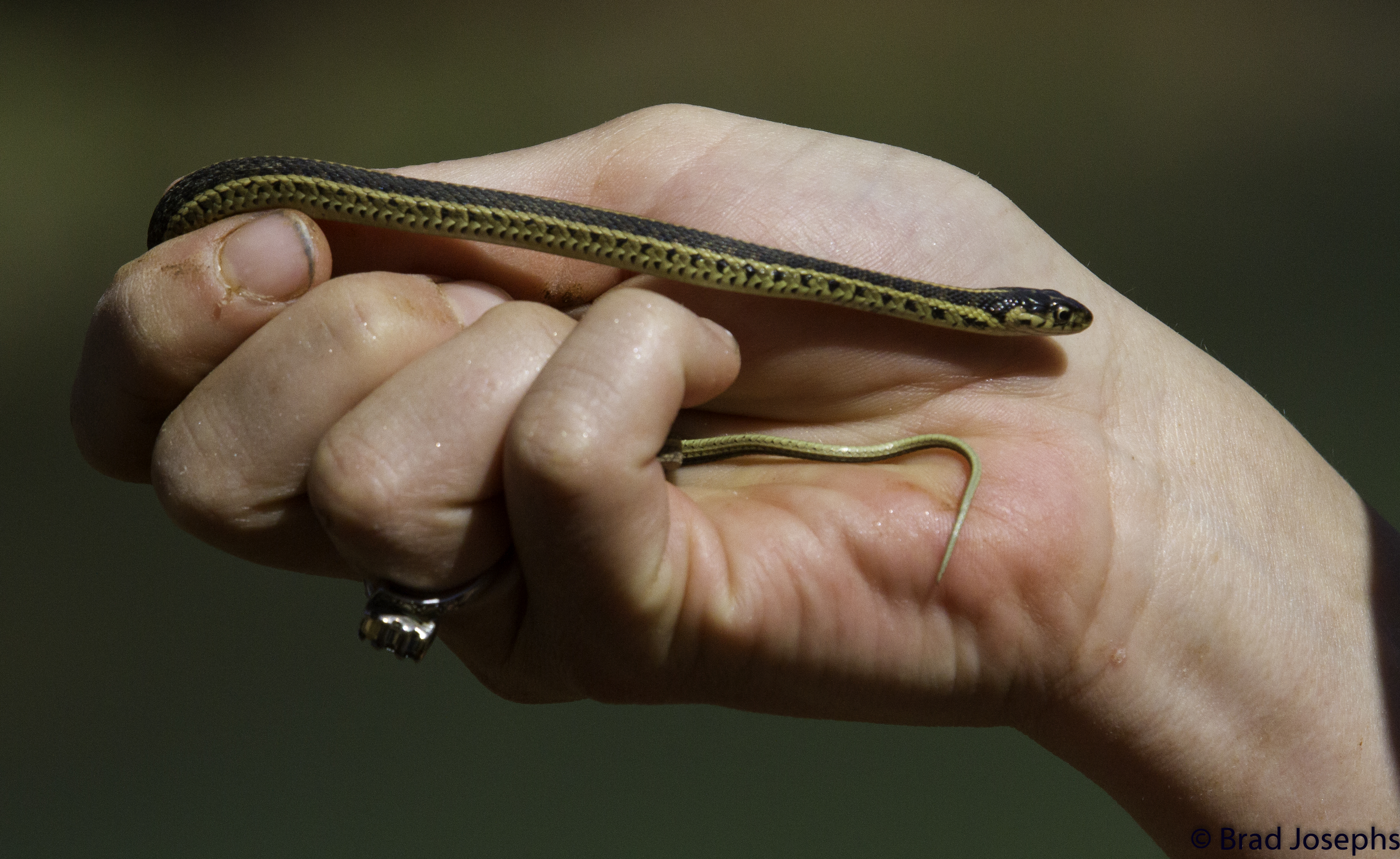
This young garter snake was the first reptile that we found this spring.
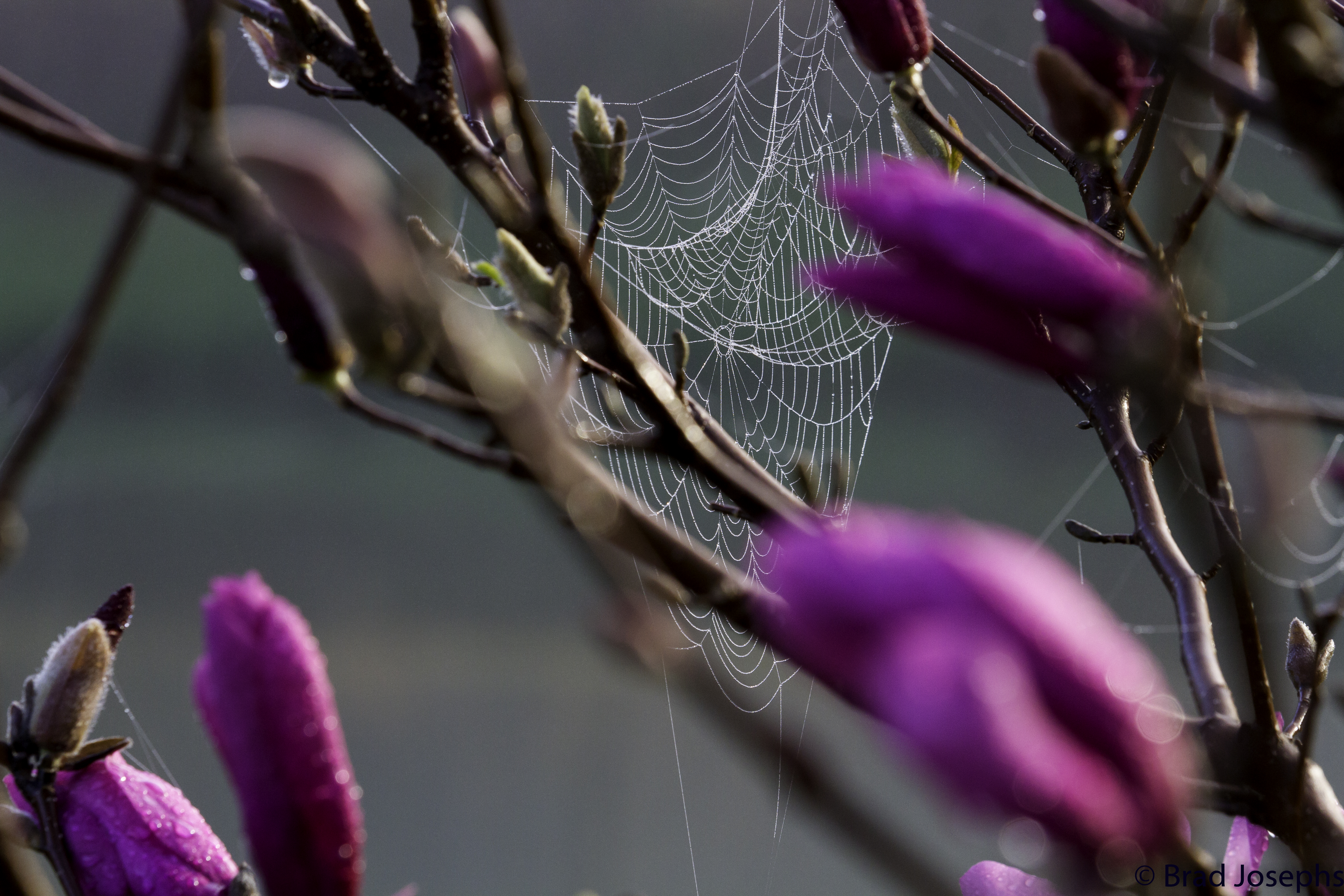
A spider web sits inside a rapidly blooming tulip magnolia.
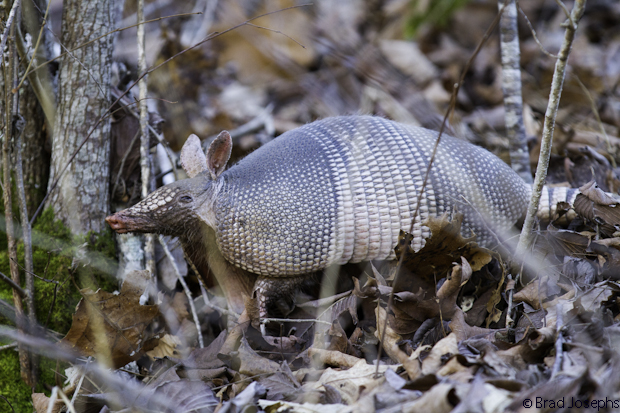
Armadillos recently expanded their range from the west in the last 20 years and are now common in Arkansas. They root around the leaf litter looking for insects. Check out the below video of how close this armadillo approached me.
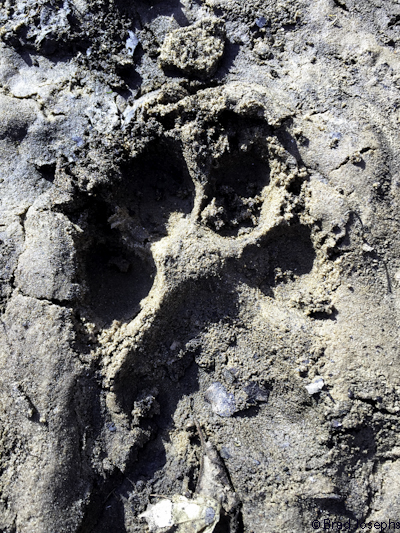
Although the Arkansas Game and Fish Comission denies it, cougars are repopulating the Ozarks and Ouachita Mountains. A nearby resident recently saw a cougar on his ranch in the same drainage that we found this track. Due to lack of claws and tow structure, I think this is a cougar track.

The Ozarks are full of caves due to the karst topography where limestone is easily eroded by groundwater.
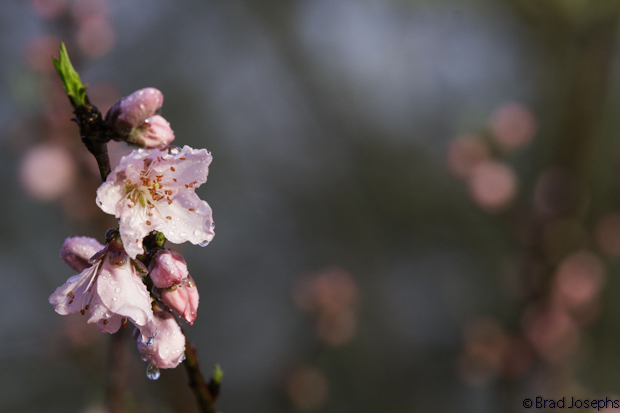
Peach blossoms.
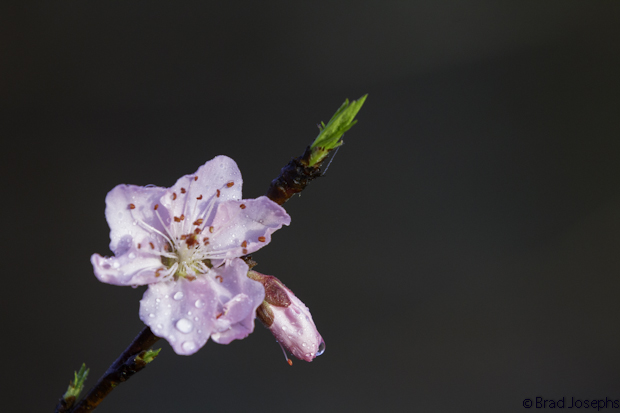
Peach blossom
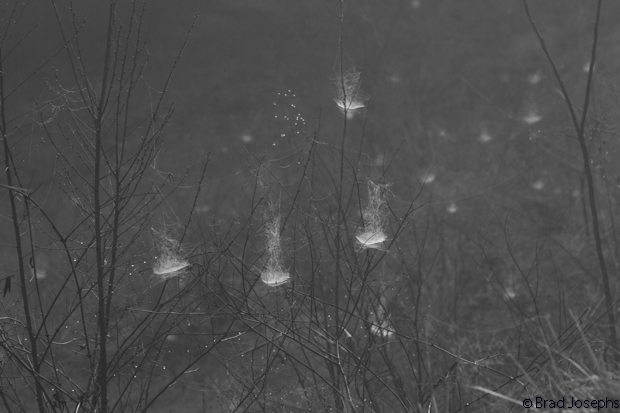
Invisible spiderwebs are revealed in the morning dew.
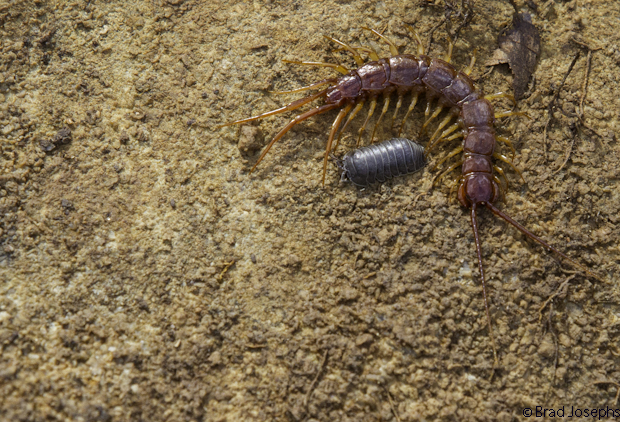
A red centipede and roly-poly hang out on a slab of limestone.
Well that was a random stream of subjects! That is what this region is all about. There is so much variety, I dont even know where to begin! Happy spring everyone! Im going outside now.

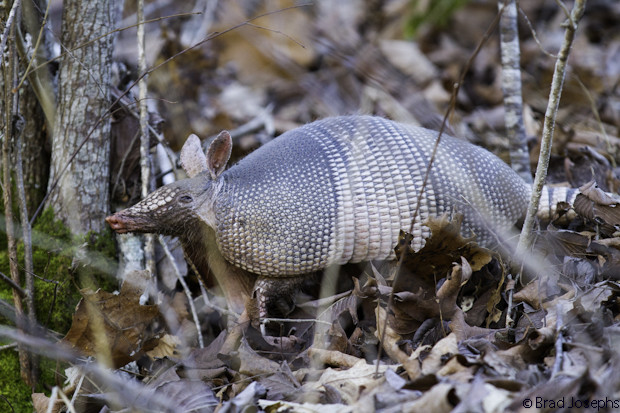

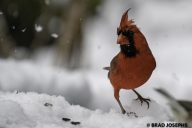
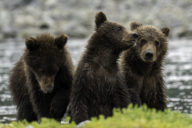
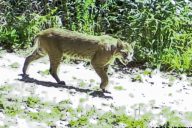
4 Comments
Although the chances are extremely small, studies have shown that leprosy (Hansen’s Disease) can be spread from an armadillo to humans… just use caution in contact.
Great commentary and wonderful photos! I will look forward to more in the future.
Really enjoyed this blog, Brad! Looking forward to more Arkansas Ozarks commentary.
Who knew armadillos were so cute?!